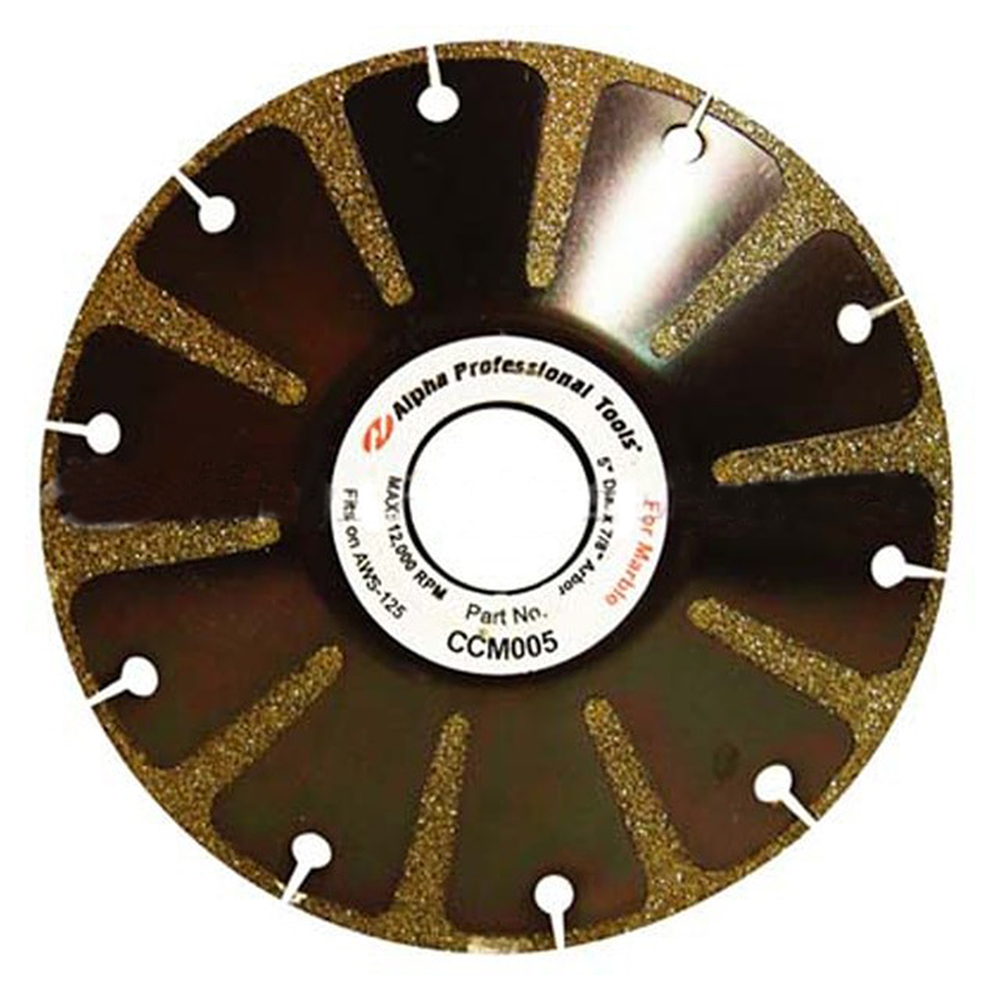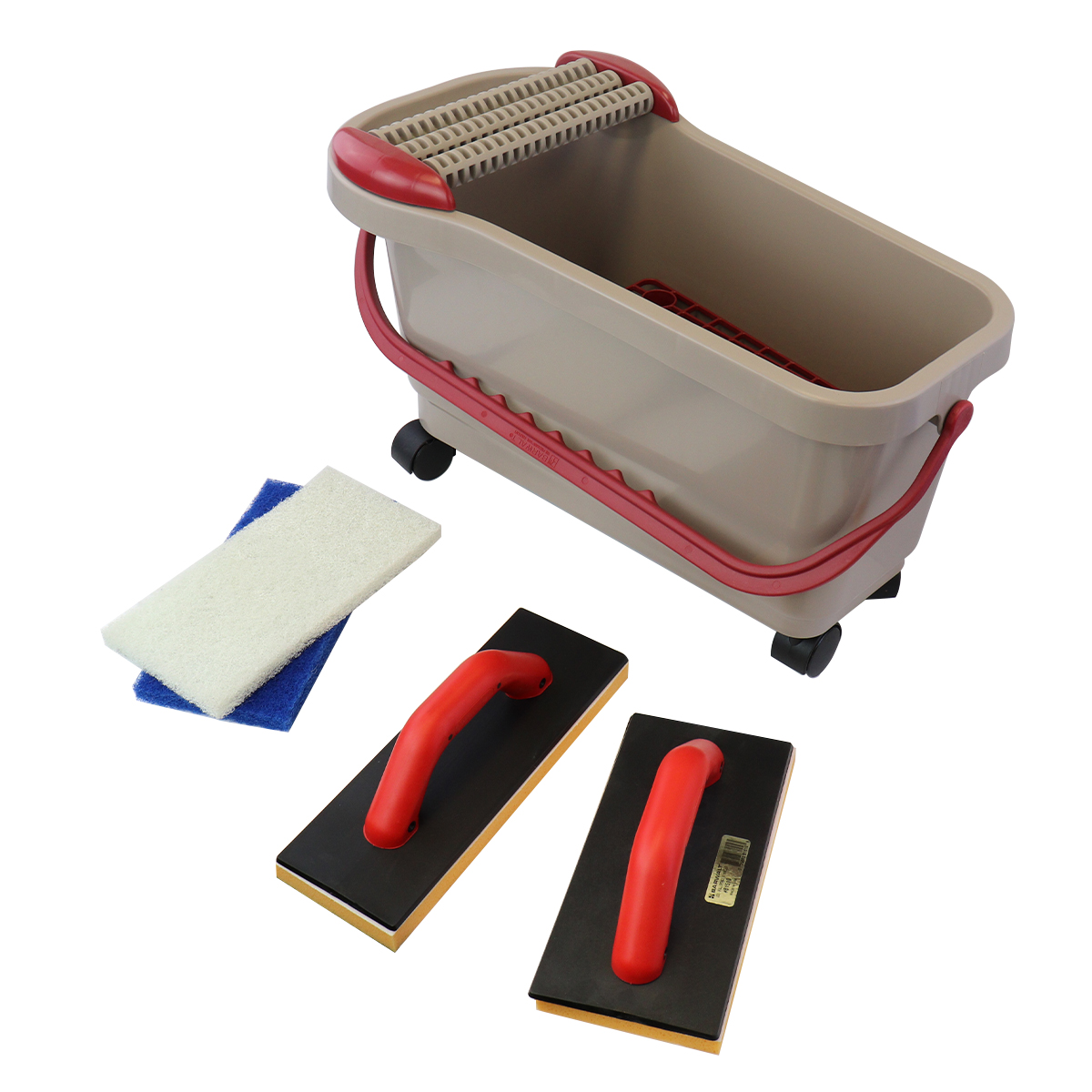From structural foundations to patios and sidewalks, concrete is a flexible and robust material utilized in a wide variety of building projects. For those new to do-it-yourself projects, mixing concrete can seem intimidating; nevertheless, with some knowledge and experience, it can become a simple and satisfying chore. By letting homeowners and enthusiasts take charge of their projects, do-it-yourself concrete mixing guarantees a customized outcome fit for their particular requirements. This article will discuss the principles of DIY concrete mixing and provide instructions on how to achieve the best results.
Preparing for Successful Concrete Projects
Correct preparation is crucial before starting your do-it-yourself concrete mixing operation. Start by choosing the correct kind of concrete mix for your particular use. Among the several formulations offered are general-purpose, high-strength, and quick-setting concrete. Every kind fulfils diverse functions and fits different situations. Compile all required tools and supplies: a trowel, a mixing container or wheelbarrow, a shovel or hoe, gloves, and safety goggles. Make sure you also have the aggregate materials and clean water availability. A simple mix of cement, sand, and gravel can work for most do-it-yourself projects; nevertheless, specialized projects may call for particular ratios or additions.
Concrete Mixing: Techniques
It’s time to start mixing after everything is in place. Start by filling your mixing container with the dry components—cement and aggregates. Usually, a conventional mix calls for one part cement, two parts sand, and three parts gravel. To guarantee a uniform cement distribution over the aggregates, completely mix these elements. While stirring constantly, gradually add water to the dry ingredients. The aim is to reach a homogeneity that is neither too dry nor too moist. A well-mixed batch should be moist enough to hold together but not so wet as to be runny. To achieve the required consistency, adjust the water quantity as necessary. One should be careful not to add too much water, as this could compromise the resultant product.
Finishing and Pouring Concrete
Once your DIY concrete mixing is complete, proceed to pour the mixed concrete into your prepared form or mold. Pour the concrete evenly, beginning at one end and working your way to the other. Smooth the surface and remove any air bubbles or flaws.
To guarantee an even mix of compaction and distribution for bigger projects, think about utilizing a concrete vibrator. This instrument generally strengthens the concrete and helps to remove air pockets. As long as the surface is level and smooth, let the concrete cure. A crucial stage in the process is curing since it guarantees the concrete’s full strength and endurance. Maintaining the surface damp and covered will help to avoid early drying and cracking.
Tips for Effective Do-it-Yourself Concrete Mixing at Home
Getting the best results in hand-made concrete mixing requires both careful attention to detail and a few basic guidelines. To prevent mix contamination, always use fresh tools and containers. Second, since the mixture starts to harden rapidly, mix just the concrete you can use within a limited period. Finally, take into account the weather while designing your project. Extreme temperatures might influence the curing process, so take care to guard the concrete from demanding surroundings.



